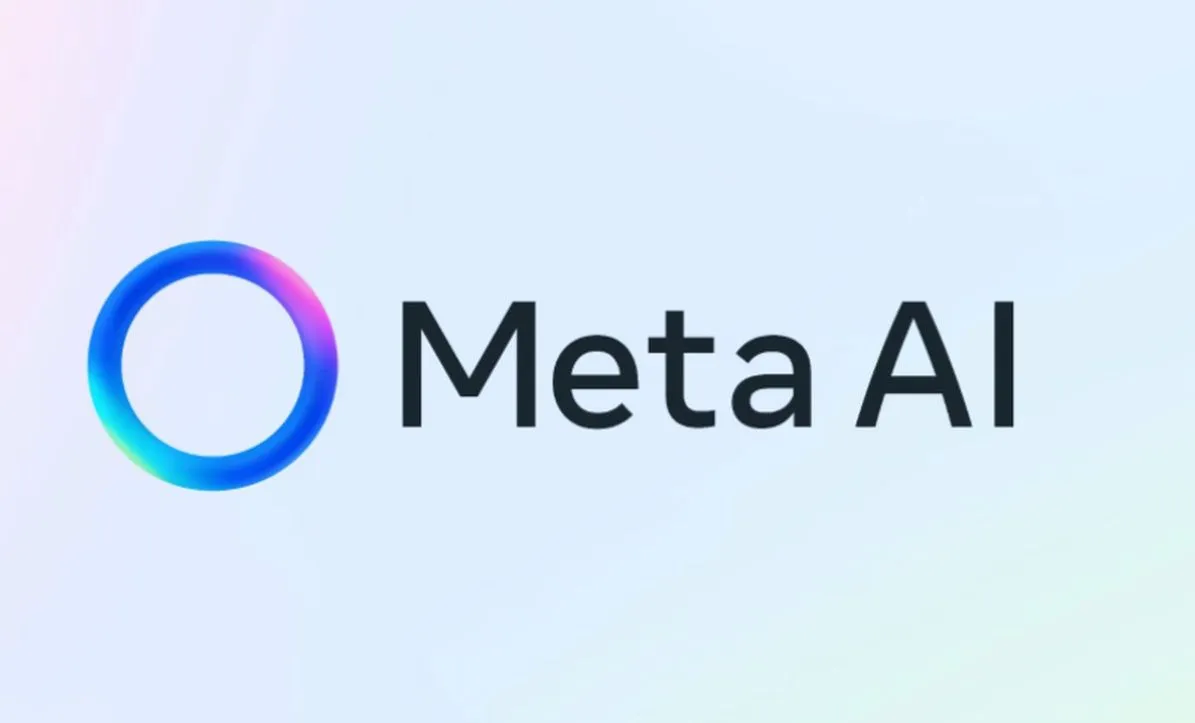⚠️ Heads up: This is a deep dive.
AI is complicated, and Llama 4 is a big, layered release. If you’re just looking for the highlights, here’s your quick TL;DR before we get into the weeds:
🧵 TL;DR (Too Long, Don’t Research):
- Meta has released Llama 4, the latest version of its open-weight AI model.
- Two models available now: 8B and 70B parameters.
- Larger, more powerful models are still training and expected later this year.
- Not multimodal—it’s text-only for now.
- Powers Meta AI, the company’s assistant across Facebook, Instagram, WhatsApp, and even Ray-Ban smart glasses.
- Still open-weight, but Meta hasn’t disclosed much about training data or full benchmarks.
- A promising upgrade, but not the full story yet.
Now let’s break it down.
🦙 What Is Llama 4?
Llama 4 is Meta’s latest large language model (LLM), the next step up from the well-received Llama 2. These models are designed to process and generate human language—basically the brains behind AI chatbots, assistants, and other smart tools.
What sets Meta apart from companies like OpenAI or Google is their commitment to open-weight models. That means developers can actually access the model itself, not just an API. It’s a huge deal for anyone trying to build or research cutting-edge AI without dealing with platform restrictions.
🧮 What Did They Release Exactly?
As of now, Meta has released two sizes:
- Llama 4 8B (8 billion parameters)
- Llama 4 70B (70 billion parameters)
These are mid- to large-sized models, suitable for everything from small projects to heavy-duty AI deployments. But they’re not the top-tier models Meta teased—they’re still training those larger versions, which will be released later in 2025.
Another key point: Llama 4 is not multimodal. So if you were hoping for a model that sees or hears like GPT-4 with Vision or Gemini, that’s coming later—likely with Llama 5.
🧠 Where Llama 4 Is Already Showing Up
Llama 4 is already in action inside Meta’s own Meta AI assistant, which now lives in Facebook, Instagram, WhatsApp, and more. It can:
- Answer questions
- Summarize info
- Generate text and code
- Search the web (via Bing)
- Even generate images (though that’s handled by a separate model called Emu)
What’s especially wild is that Llama 4 is powering the AI assistant built into Meta’s Ray-Ban smart glasses. Yes, you can now ask your sunglasses what you’re looking at, and it’ll try to tell you. Welcome to the future.
🧩 What’s Missing?
Here’s where things get less clear.
- No full transparency on what data was used to train Llama 4.
- Meta hasn’t published comprehensive benchmark comparisons yet.
- There’s still limited info on safety evaluations, especially how it handles hallucinations, bias, and misinformation.
That’s disappointing. With Llama 2, Meta shared quite a bit more. This time around? It feels like they’re taking a more “trust us” approach—which isn’t great when you’re releasing powerful AI tools into the wild.
🗣️ My Take
Don’t get me wrong—Llama 4 is a big win for the open-source AI world. Meta could’ve gone the closed route like everyone else, but they didn’t. That deserves credit.
But let’s be real: this isn’t the full picture. The largest models aren’t out yet, the transparency isn’t what it should be, and this release feels more like an opening move than a mic drop.
It also bugs me that we’re seeing Meta market this through flashy integrations—like the smart glasses—without really giving the tech community the transparency it needs to properly vet what’s under the hood.
Still, if you’re a developer or researcher looking for a powerful, flexible model to build with, Llama 4 is a very strong option—especially for free.
✅ Final Thoughts
Meta is playing the long game here. By keeping Llama 4 open-weight, they’re betting big on becoming the default choice for builders who want powerful AI without the closed ecosystem baggage.
But until we get those larger models and some real third-party evaluations, Llama 4 feels more like a preview than a polished product.
I’m optimistic—but I’m keeping one foot firmly grounded in reality. AI is moving fast, and while Llama 4 is a big step forward, it’s not the finish line.
Stick with TechInform.us for more no-fluff, real-talk breakdowns of the tech that actually matters.

